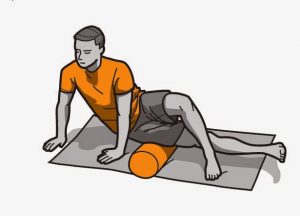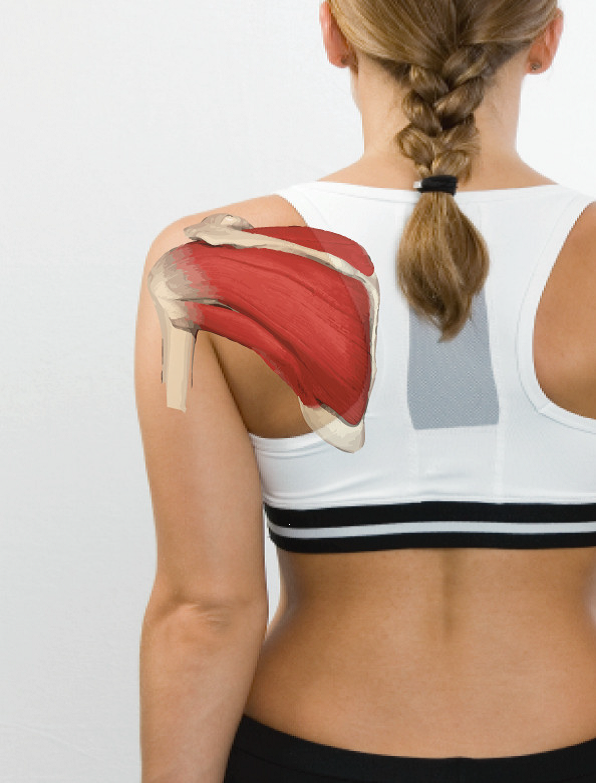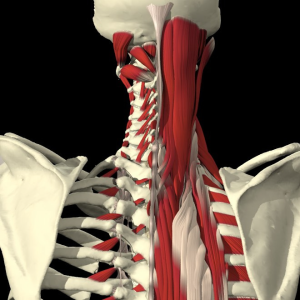Active Release Technique
If you have ever pulled or torn a muscle or severely injured a muscle group, chances are you have muscle adhesions in that area of your body. Muscle adhesions act like your body’s natural ‘Band-Aid’, as it is a strategy to help repair damage. The downside is that along with other scar tissue, muscle adhesions can cause a person pain and discomfort leading to that ‘old and worn’ feeling. Similar to plastic wrap, adhesions can bind two tissues together, resulting in decreased muscle length and the muscle becoming non-compliant. Cramping of the lower limbs at night is a typical sign of a non-compliant muscle.
Many individuals believe that a few stretches and time will release the adhesions, however; active release technique (ART) offers a much better approach. An advanced massage technique, ART is designed specifically to release and relieve tension found in muscles, tendons and fascia (the muscle covering). ART treatment works by breaking up adhesions and restoring integrity to the soft-tissue. In principle this is achieved by maintaining contact on the adhesion, with the muscle in a shortened position and elongating the muscle along its fiber orientation to break up the adhesion.
Concerns about ART include pain during treatment and treatment length. The sensation patients often experience is one of those “hurt so nice” feelings and significant results are often seen within 3-4 weeks. Once the restrictions have been removed an effective stretch routine plays a role in preventing the return of restrictions.
Treatable Conditions with ART
There are over 500 ART treatment protocols and ART can help with various conditions such as back, hand, wrist, elbow, hip, knee, neck, shoulder and foot pain, as well as injuries specific to sports such as golfing, running, paddling and swimming.
One of the benefits of ART is the quick results it can achieve. When combined with a stretch and exercise routine, muscles, tendons, ligaments and nerve related problems tend to respond well to ART treatments.
All of Back to Health’s health care practitioners are certified in ART, for more information regarding conditions that can be treated using ART click here: Active Release Techniques.
Active Release Techniques Can Help Resolve Many Common Back Conditions Including:
→ Facet syndrome
→ Muscle strains/pulls
→ Arthritis
→ Sciatic Nerve Entrapment
→ Disc Injuries
→ Mechanical low back pain
The Injury Process
Stretch of the Month:
Last month we had an article on Illiotibial Band Syndrome and how it is a repetitive strain injury that can cause problems for runners and cyclists. To avoid ITB tightness it is a good idea to incorporate stretches with a foam roller into your stretching routine, as a foam roller can help to increase flexibility and reduce muscle tension. To perform the ITB stretch:
1. Lie on your right side with the roller just under your hip-bone.
2. Straighten your right leg, support yourself using your arms and if needed, the left leg.
3. Roll from the hip down the outer side of your leg to the knee.
4. Repeat on the other side





